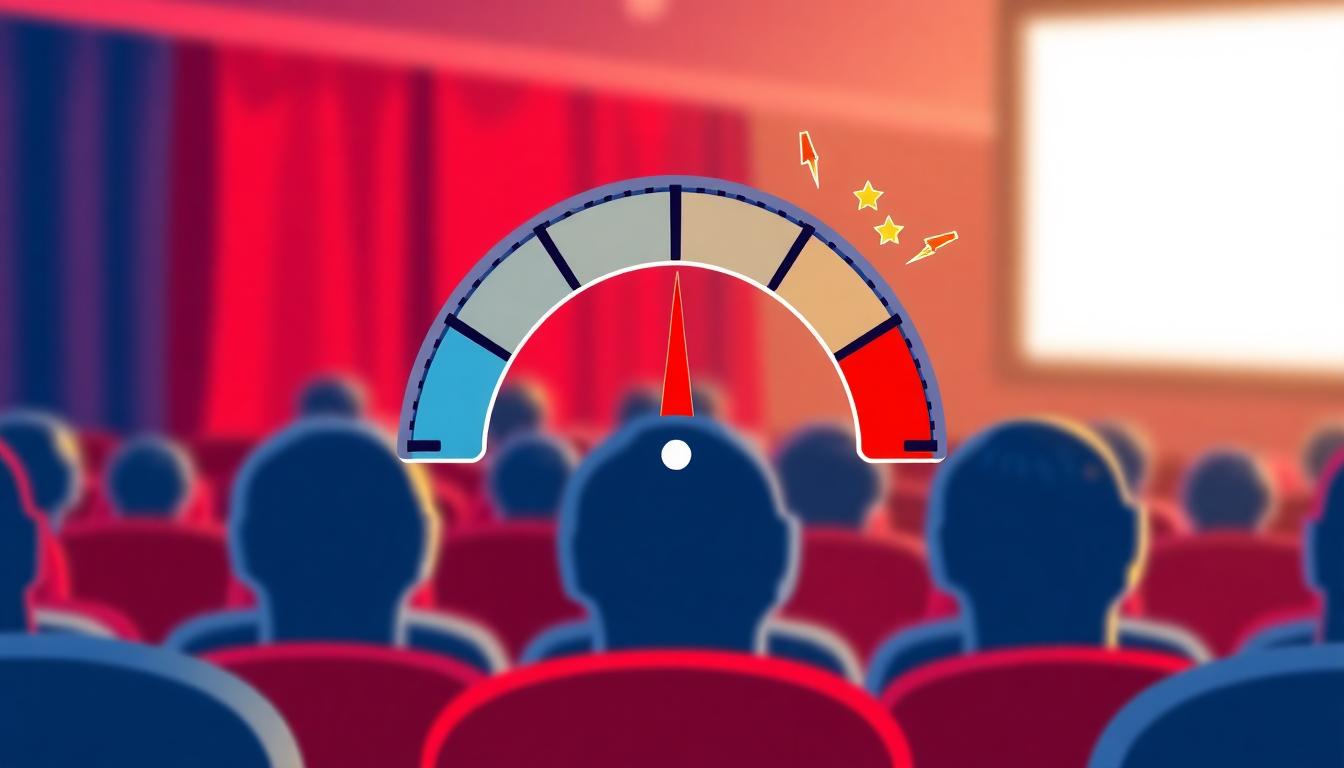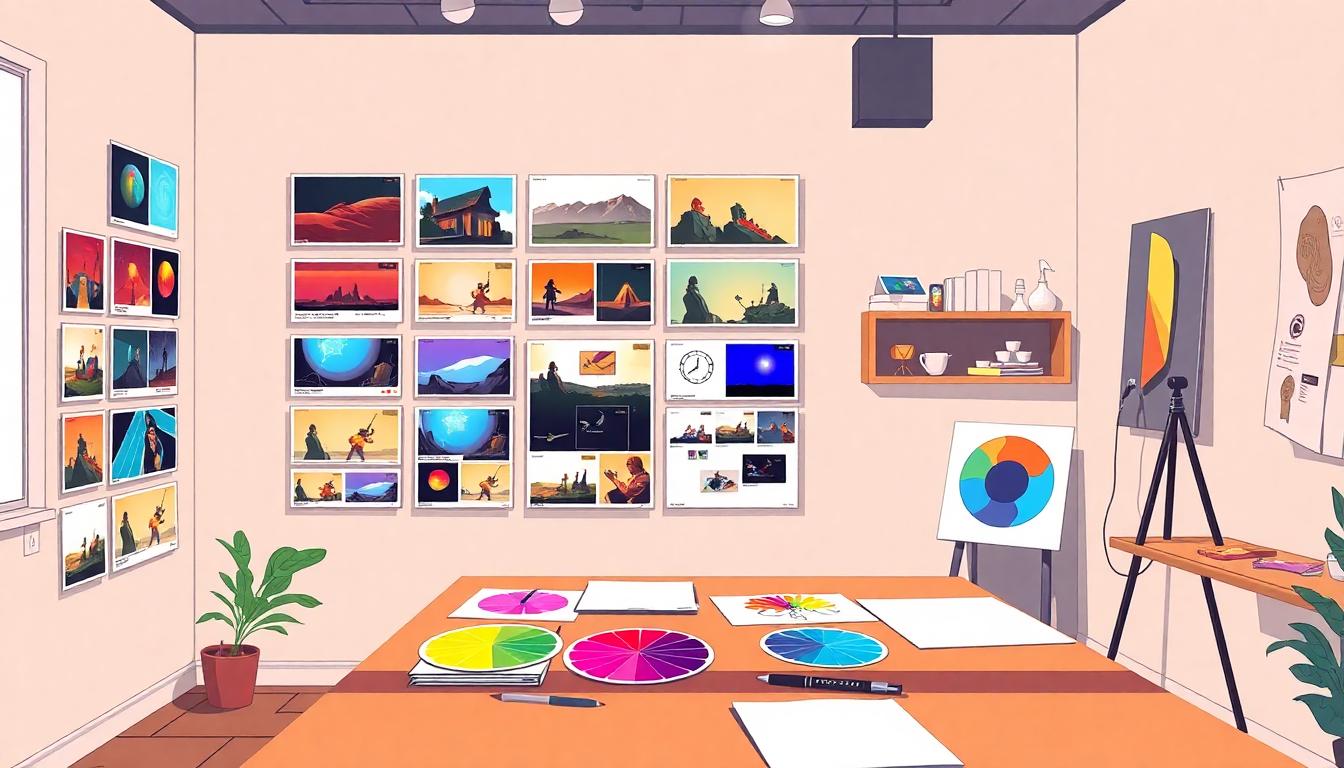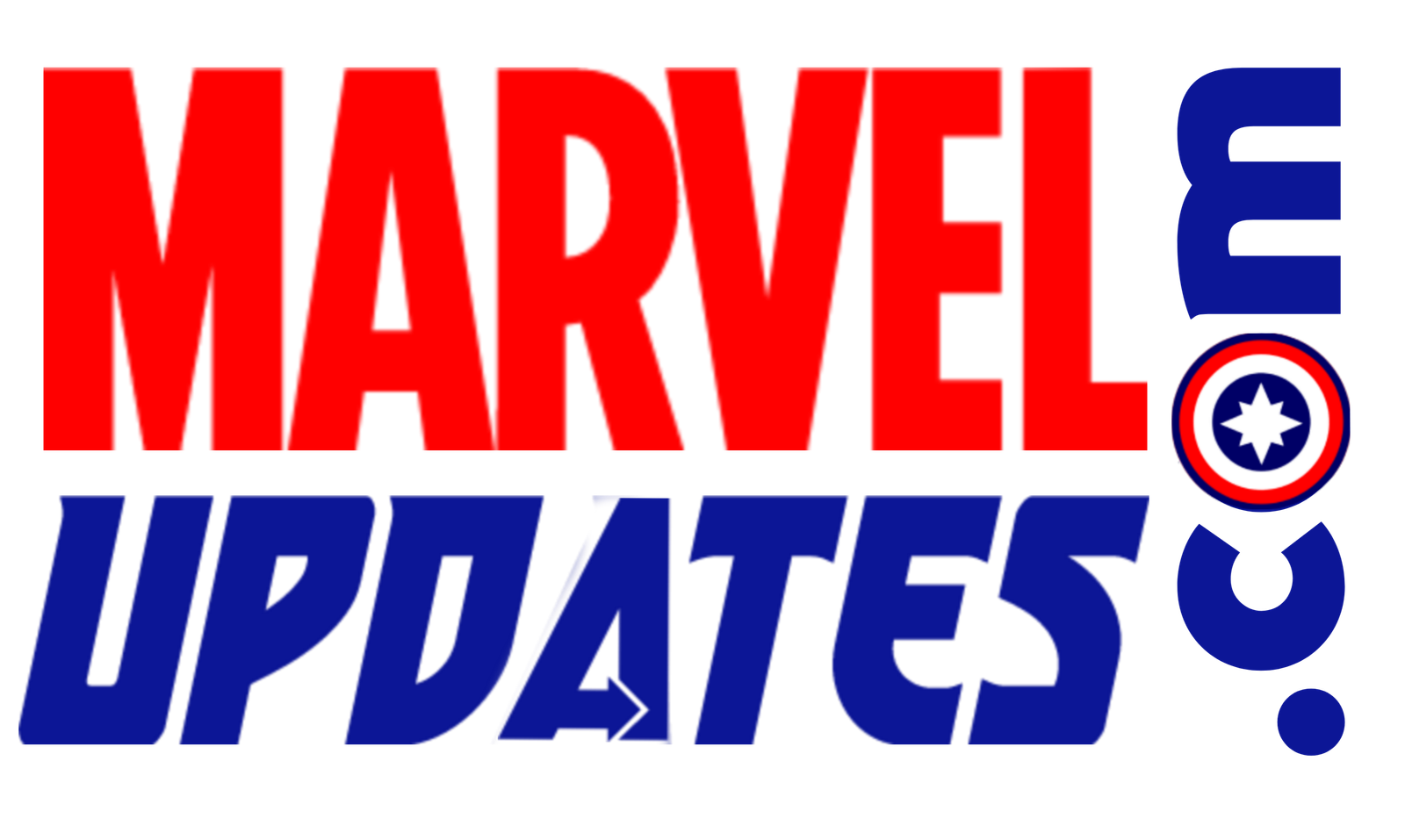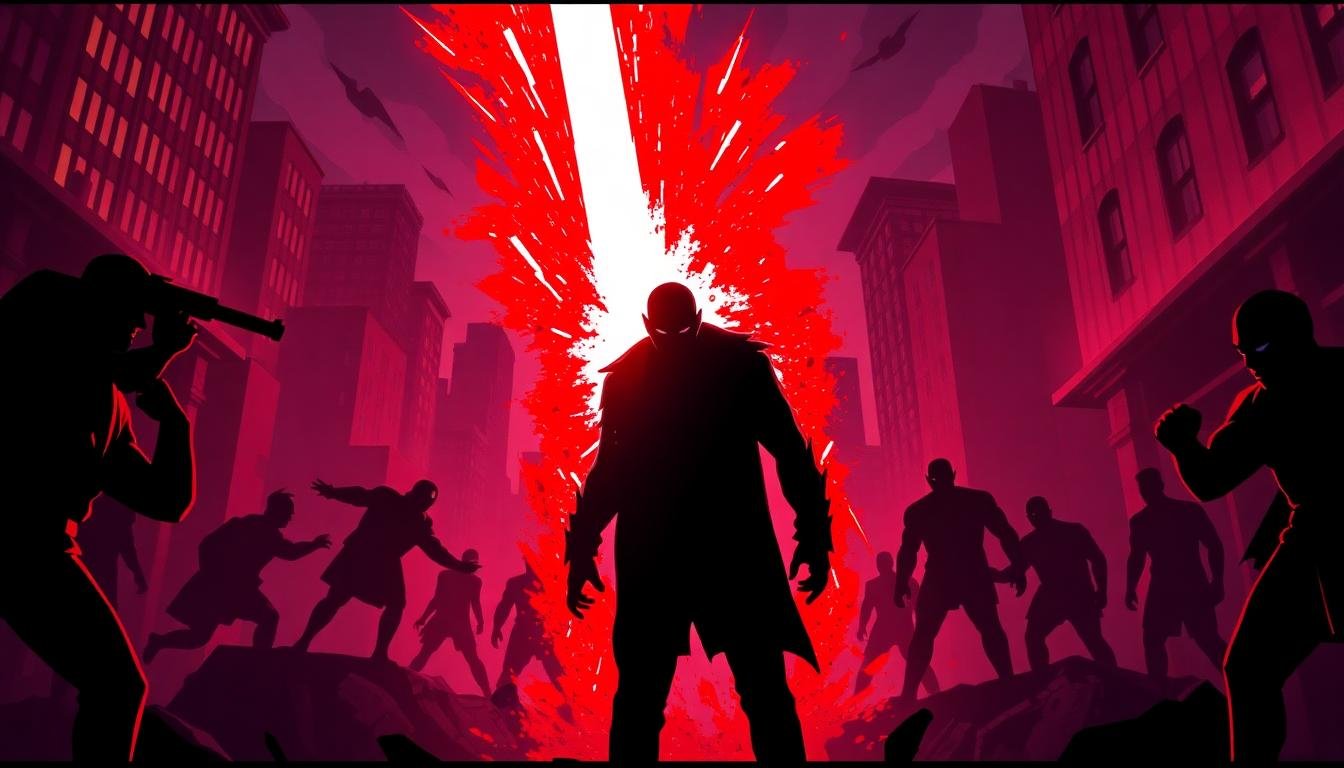- Fans say a short, striking sequence in a recent Marvel animated episode outshines the show’s usual look.
- The core complaint: a “house” cel-shaded style that often feels flat and samey across shows.
- When Marvel experiments with texture, lighting, and stylization, the story pops instantly.
- The fix is clear: embrace distinct visual identities, smarter pipelines, and creative direction that serves each story.
Why a five-second scene hit so hard
Animation can change tone in a blink. One short sequence used richer lighting, high-contrast color, and explosive effects. It felt alive. The moment carried weight, sold the stakes, and made the action memorable. Fans noticed right away because it looked nothing like the flatter, low-contrast shots around it. That contrast put the long-running critique in focus: when everything uses one safe style, even the best story beats can land soft.
The “house style” problem
Marvel’s rapid expansion into streaming meant lots of projects moving at once. A consistent cel-shaded approach can speed up production and keep characters on-model. But sameness has a cost. Flat lighting, limited depth cues, and low texture detail can drain energy from key scenes. Viewers call it out as “stiff” or “lifeless,” especially when action needs atmosphere, shadow play, and bold composition to sell impact.
What fans actually want from MCU shows
- Style that matches the story: Dark magic should look different than cosmic sci-fi or street-level action.
- Richer lighting and effects: Depth, glow, volumetrics, and dynamic shadows make frames feel cinematic.
- Clear visual identity per series: Let each show own a color script, lensing cues, and motion language.
- Consistency without uniformity: Keep characters readable, but let environments and action push the look.
How to fix it: a practical path forward
1) Develop bespoke looks per title
Create a visual bible for each series. Lock in palette, lighting rules, texture density, and camera language. Use it to guide storyboard, layout, and comp, so the final looks like the vision, not a template.
2) Upgrade the lighting and comp pipeline
Invest in tools that simulate cinematic light and atmosphere. Even in cel-shading, play with rim light, bounce, and volumetric effects. Build LUTs that match the color script per episode.
3) Use shot prioritization
Not every frame needs max detail. Mark hero shots for extra polish: more particles, stronger depth, bespoke FX. If five seconds can lift an episode, imagine what 60 seconds of focused spectacle can do.
4) Embrace stylized motion
Animation is not live action. Use smear frames, non-linear motion, and silhouette-first choreography. Strong animation principles beat realism when the goal is excitement.
5) Keep iteration tight
Shorten feedback loops between directors, art leads, and compositing. Approve looks in motion, not just stills. What reads well as a frame can fall flat at 24 fps.
Why distinct styles pay off
Unique looks make shows easier to market and remember. They reduce fatigue, help fans identify clips instantly, and open the door to bolder storytelling. When visuals and theme connect, character beats land harder. That five-second spark worked because the look matched the stakes.

Lessons from standout animated hits
Series that connect big often have crisp identity: distinct palettes, tactile textures, and memorable motion language. They do not chase realism; they chase clarity and emotion. That is the lane MCU shows can own if each title leans into a strong art direction tied to genre and theme.
A roadmap for future MCU animation
- Pick the visual thesis early: Decide what the show must feel like in 5 words. Design to that.
- Prototype key scenes: Build a one-minute sizzle of the hardest moments. Lock the look before full production.
- Codify the pipeline: Create reusable lighting rigs, FX presets, and LUTs tied to that thesis.
- Guard the style: Assign a look czar who says no when shots drift off-model.
- Measure audience response: Test sequences with real viewers and refine what works.

One short scene showed what fans have been asking for: bold, expressive visuals that elevate the story. If Marvel wants the MCU’s shows to feel fresh again, the answer is not more of the same. It is sharper art direction, smarter pipelines, and the courage to let each series look different. Five seconds proved it; now it is time to scale it.
To contact us click Here .
Discover more from Marvel Updates
Subscribe to get the latest posts sent to your email.

